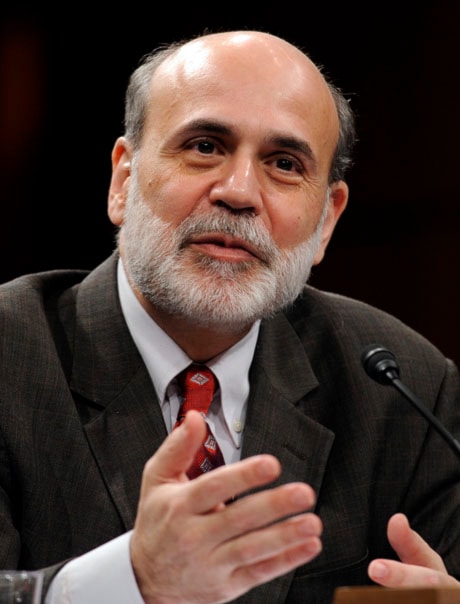WASHINGTON — U.S. Federal Reserve chairman Ben Bernanke gave his most optimistic prediction yet Tuesday about the end of the recession, saying he expects the economy to start growing again this year — although the comeback could be weak and more jobs will disappear even after a recovery takes hold.
The Fed chief told Congress’ joint economic committee that he saw hopeful signs, including firmer home sales, a revival in consumer spending and some improvement in lending conditions for banks, businesses and individual borrowers.
“We continue to expect economic activity to bottom out, then to turn up later this year,” Bernanke said.
Previously, Bernanke has suggested the recession could end this year if the government managed to stabilize the financial markets. This time, he said not only that he expects an end to the recession this year end but also a return to growth.
For that to happen, he said, the banking system must stabilize.
“A relapse in financial conditions would be a significant drag on economic activity and could cause the incipient recovery to stall,” Bernanke said.
Barring such a setback, Bernanke suggested the worst of the recession — for lost economic activity — has passed. Economists say the recession started in December 2007, then hit with force in the fall of last year when the financial crisis intensified.
He suggested that even in a recovery, economic activity would probably still be below normal.
Among signs cited by Bernanke that the recession may be loosening its grip: The housing market has shown some signs of bottoming, and consumer spending, which collapsed in the second half of last year, came back to life in the first quarter.
